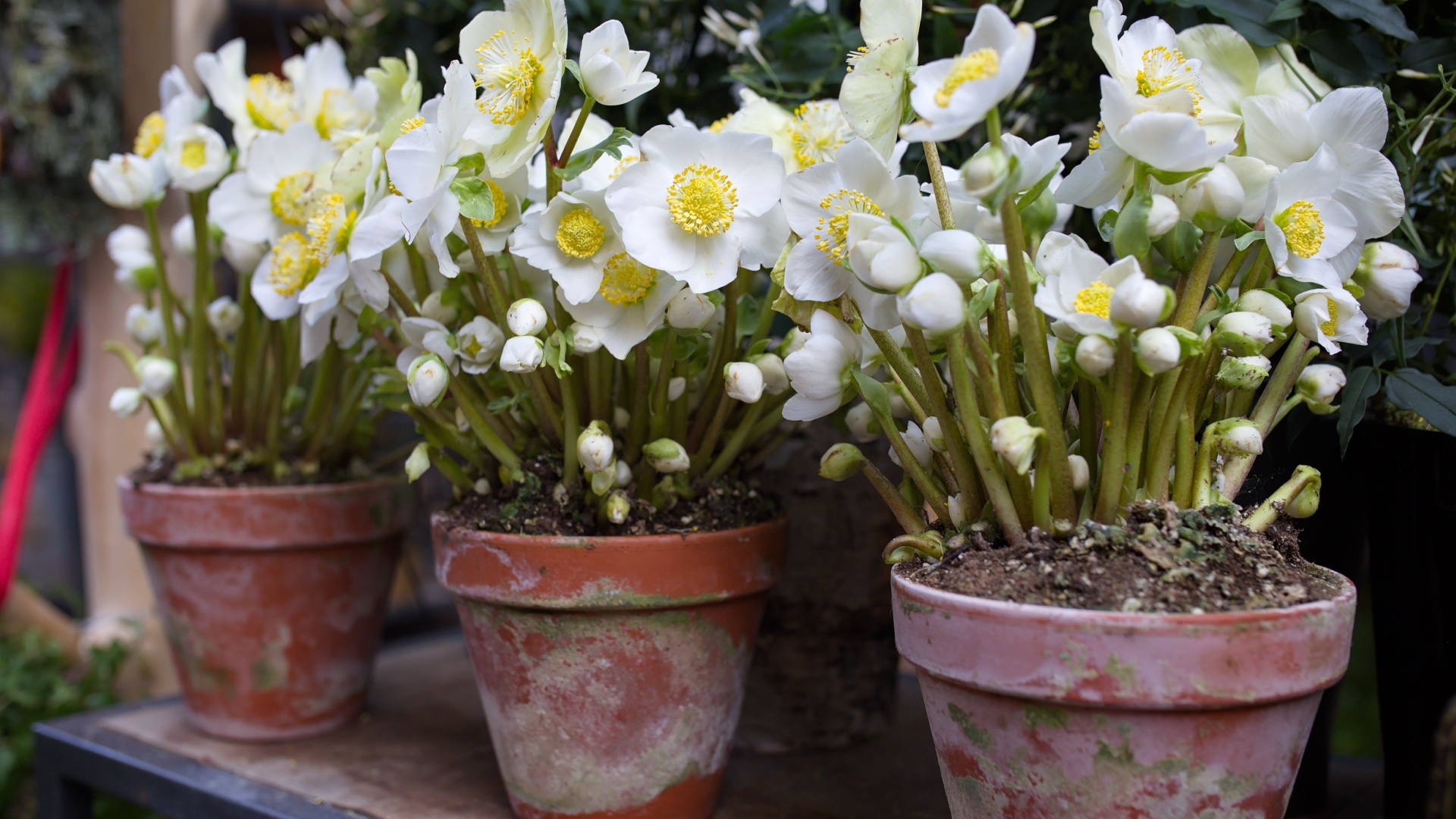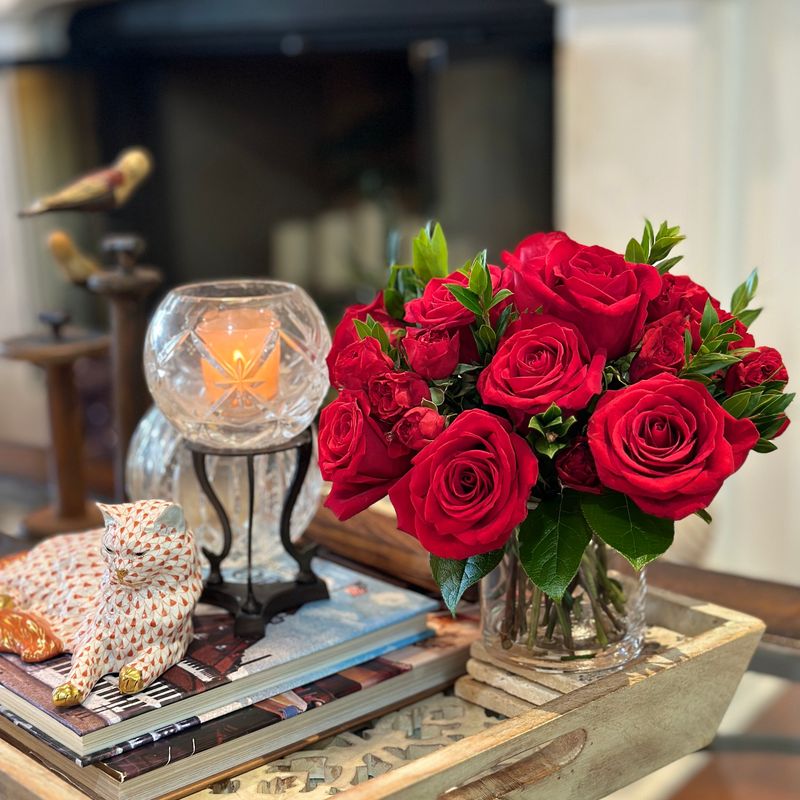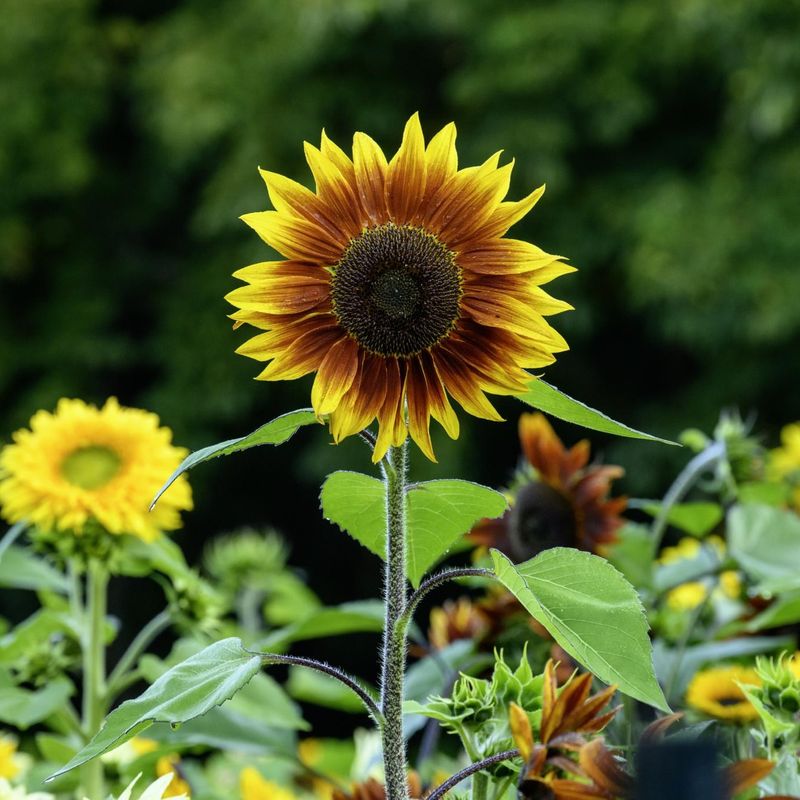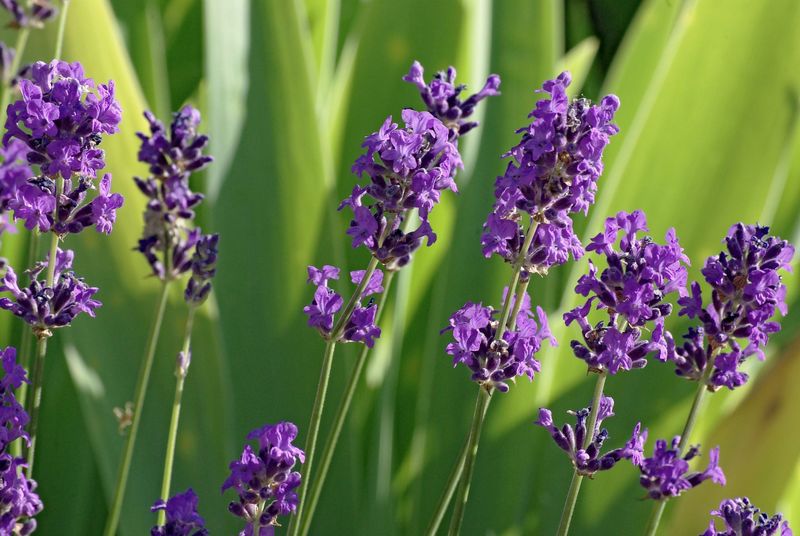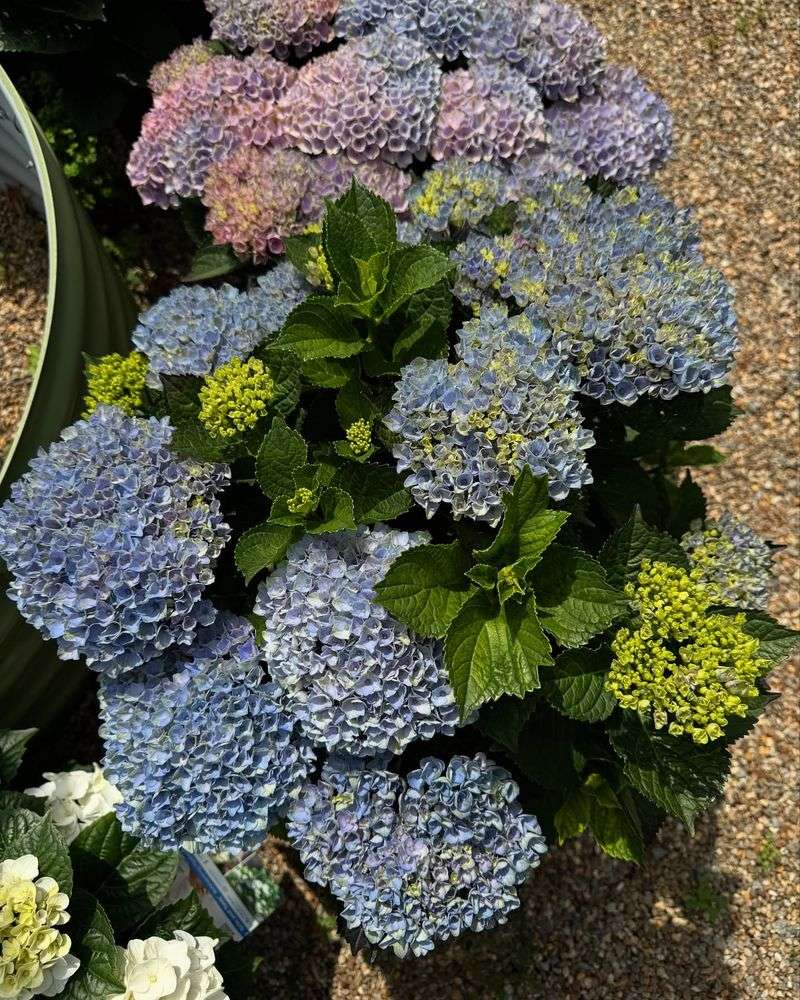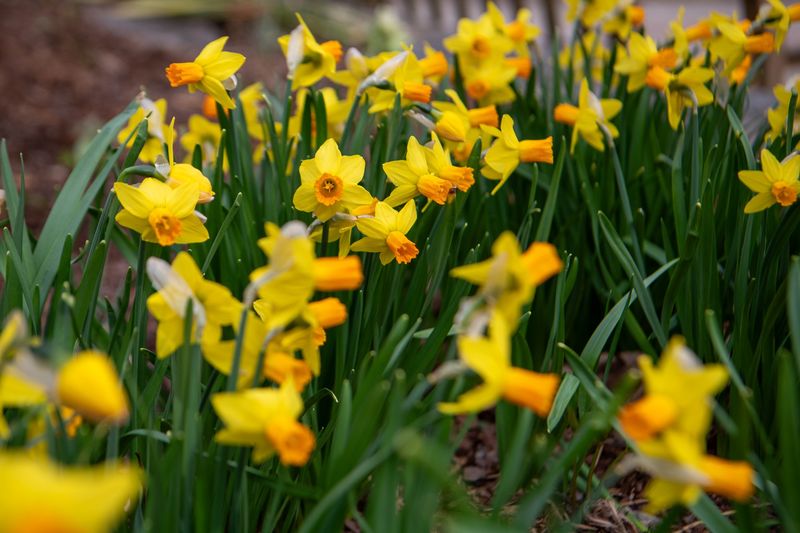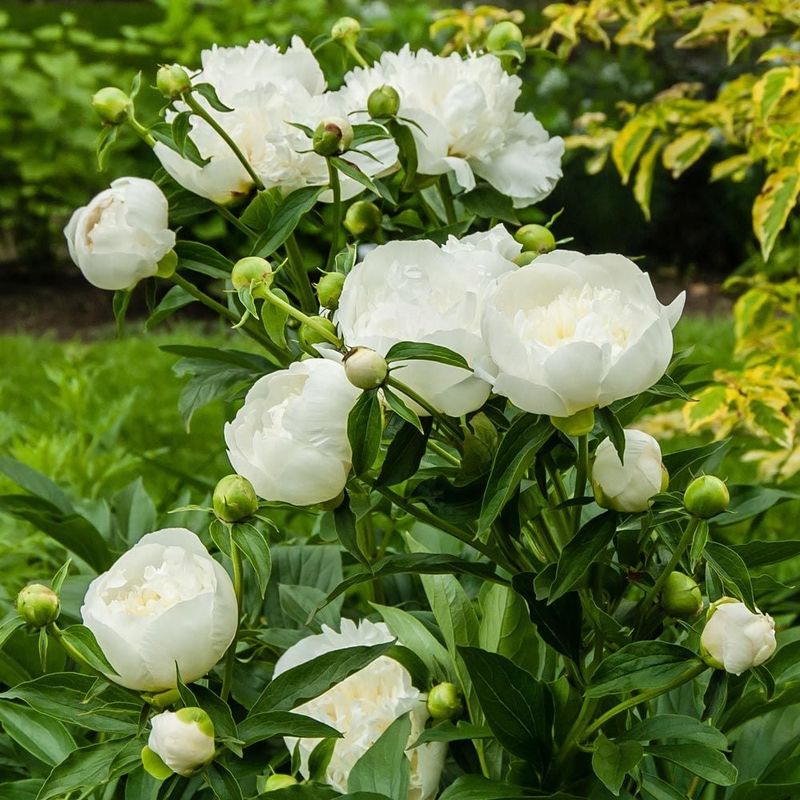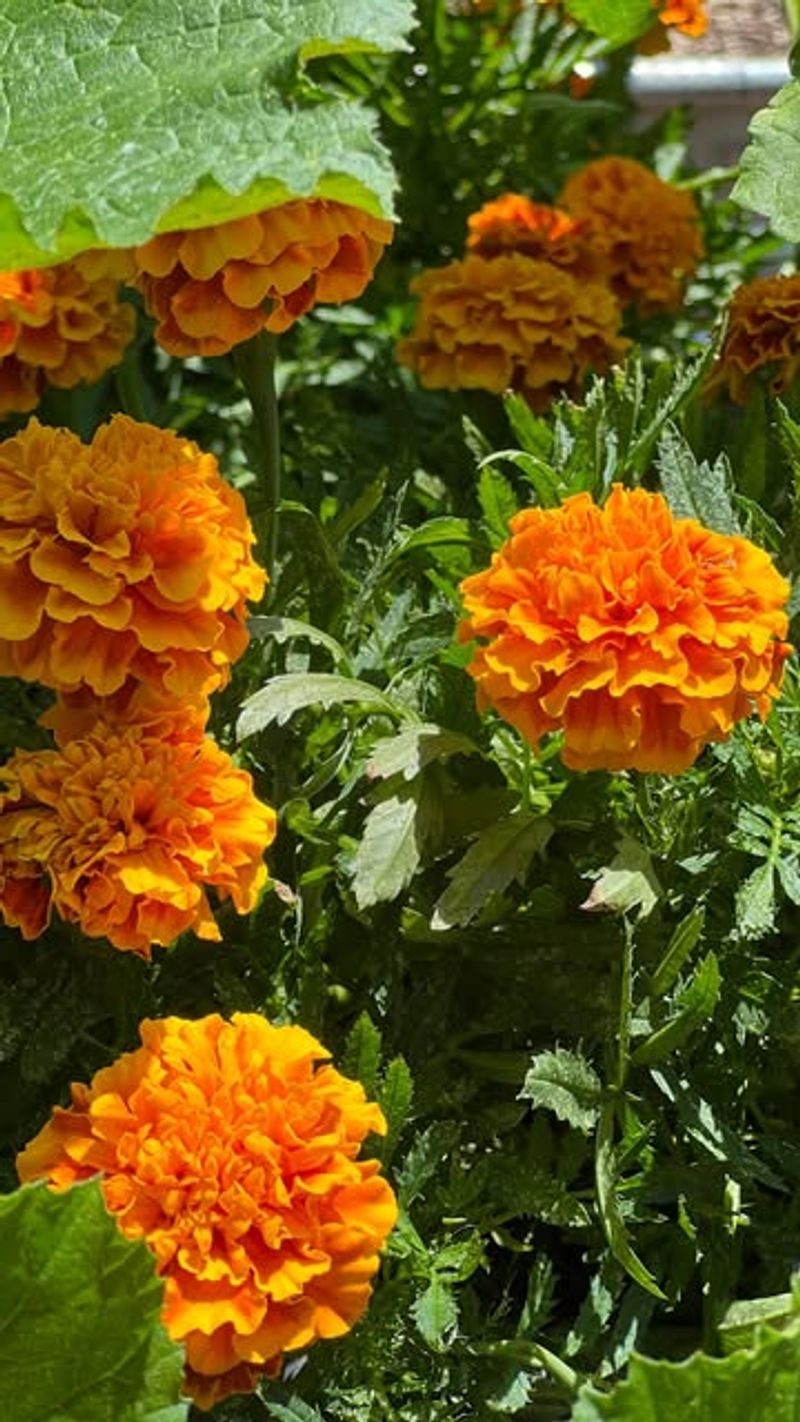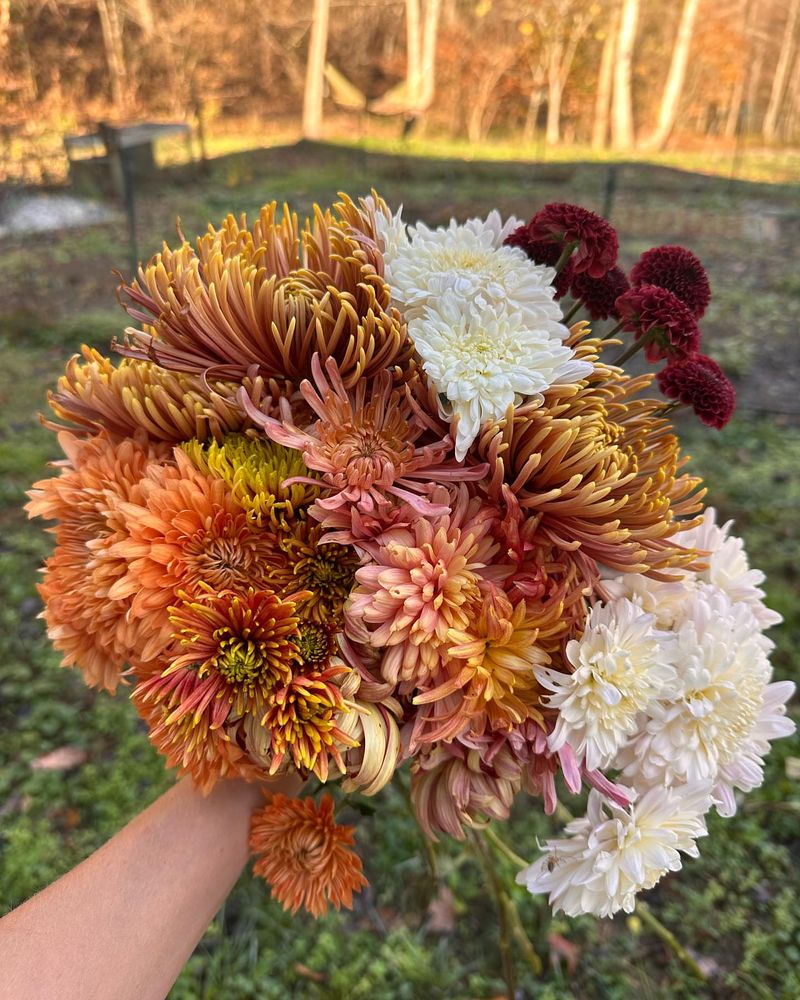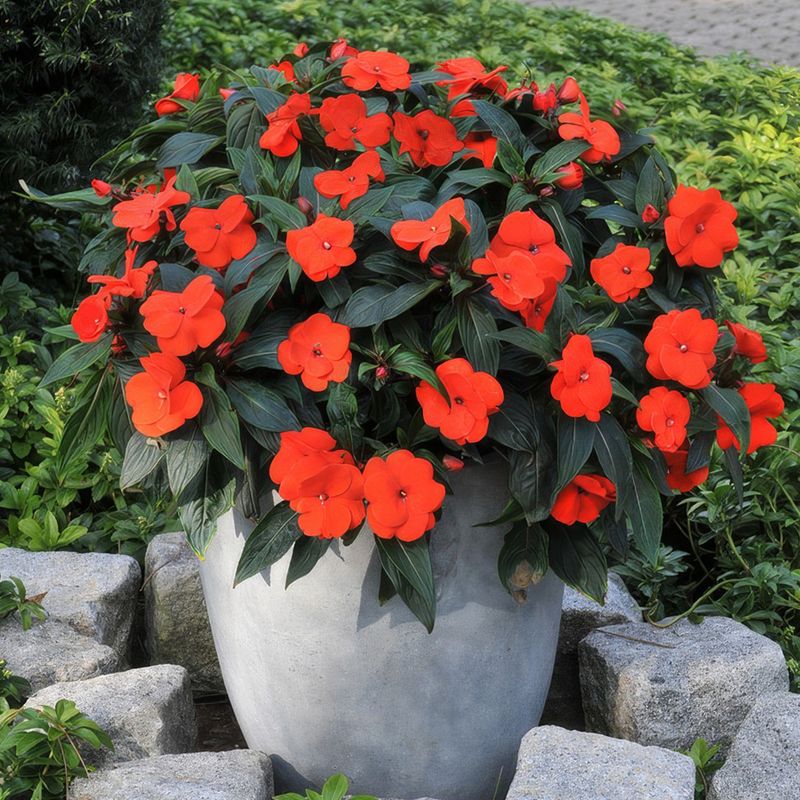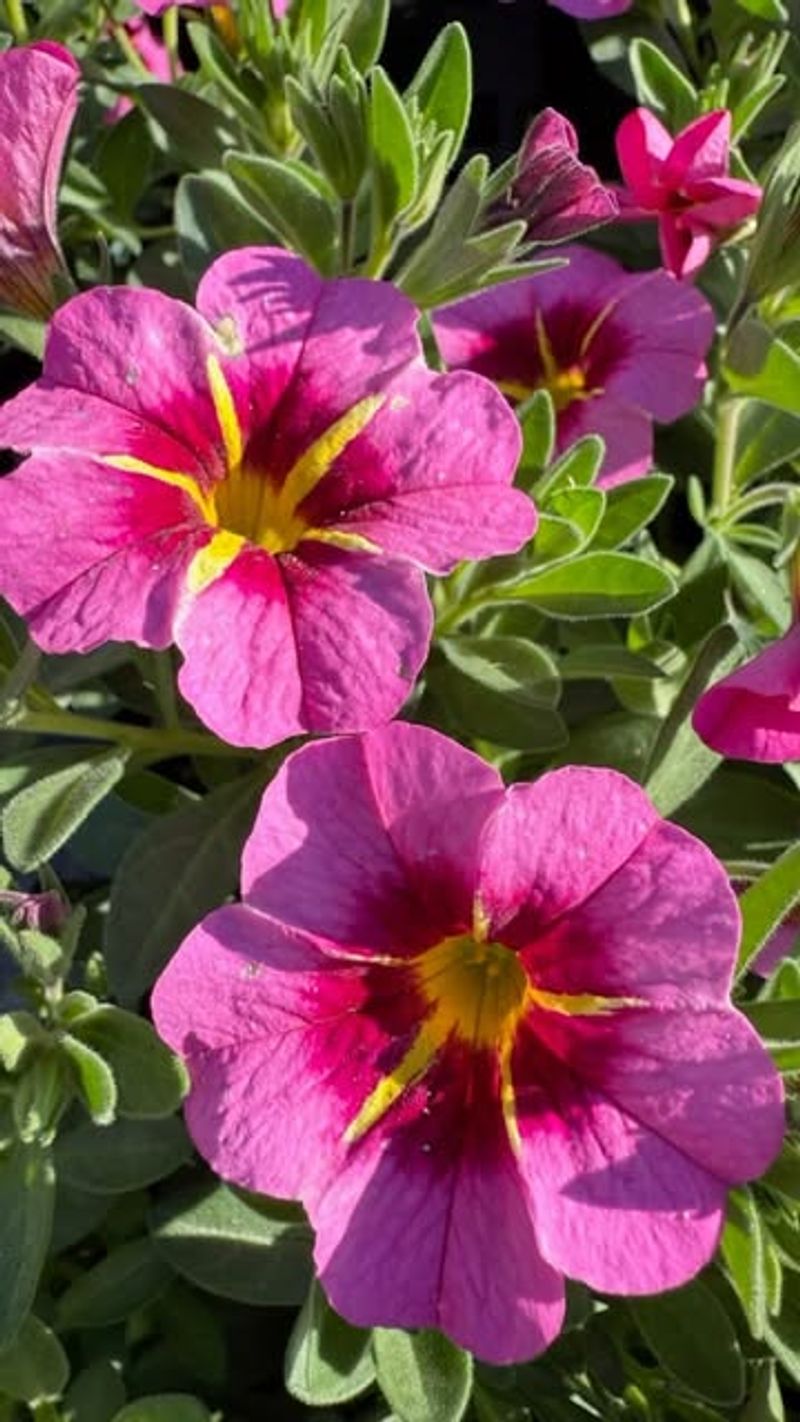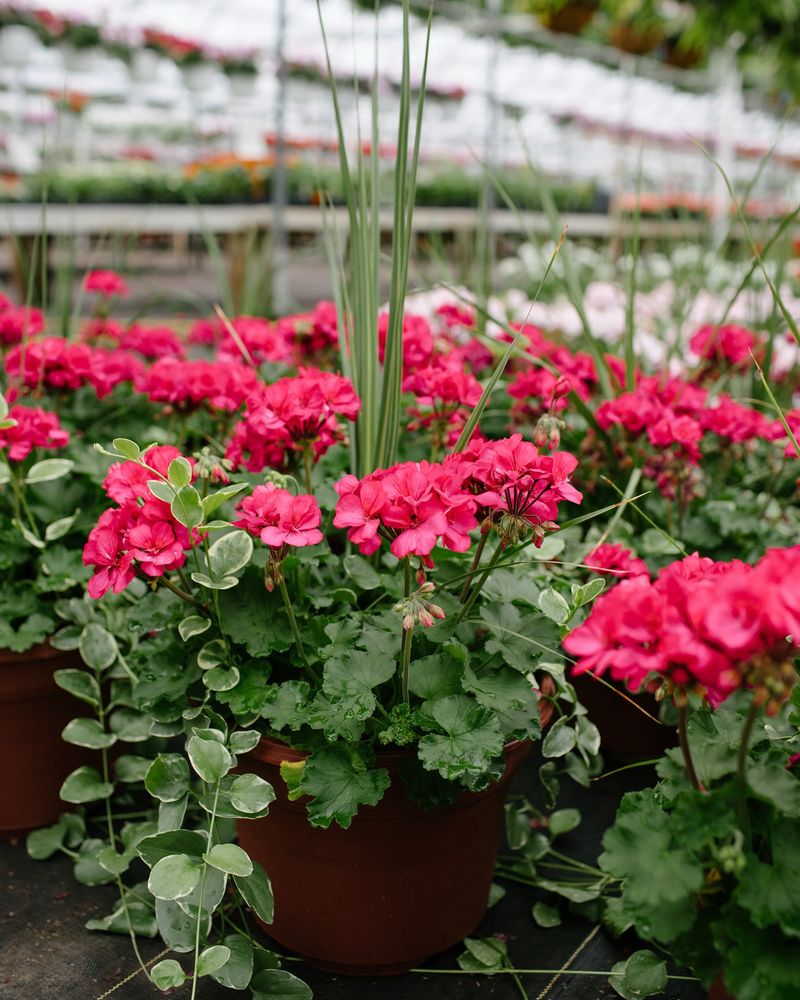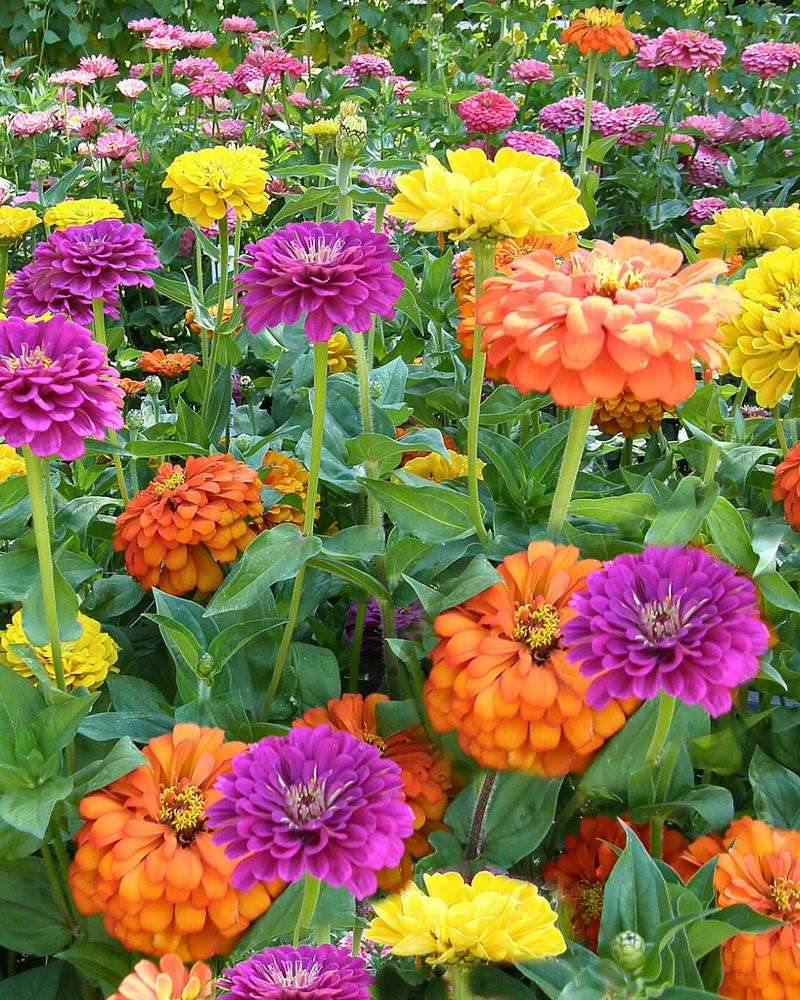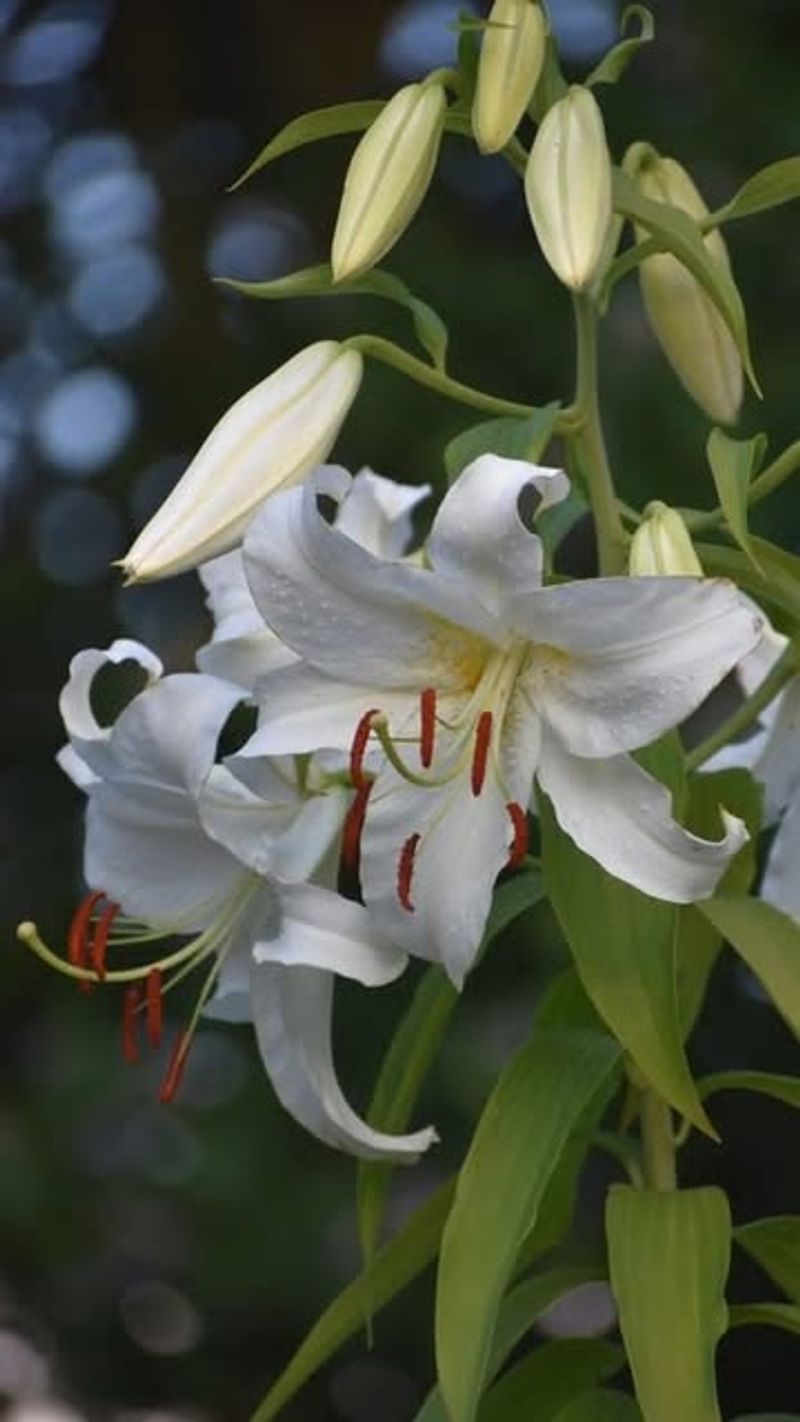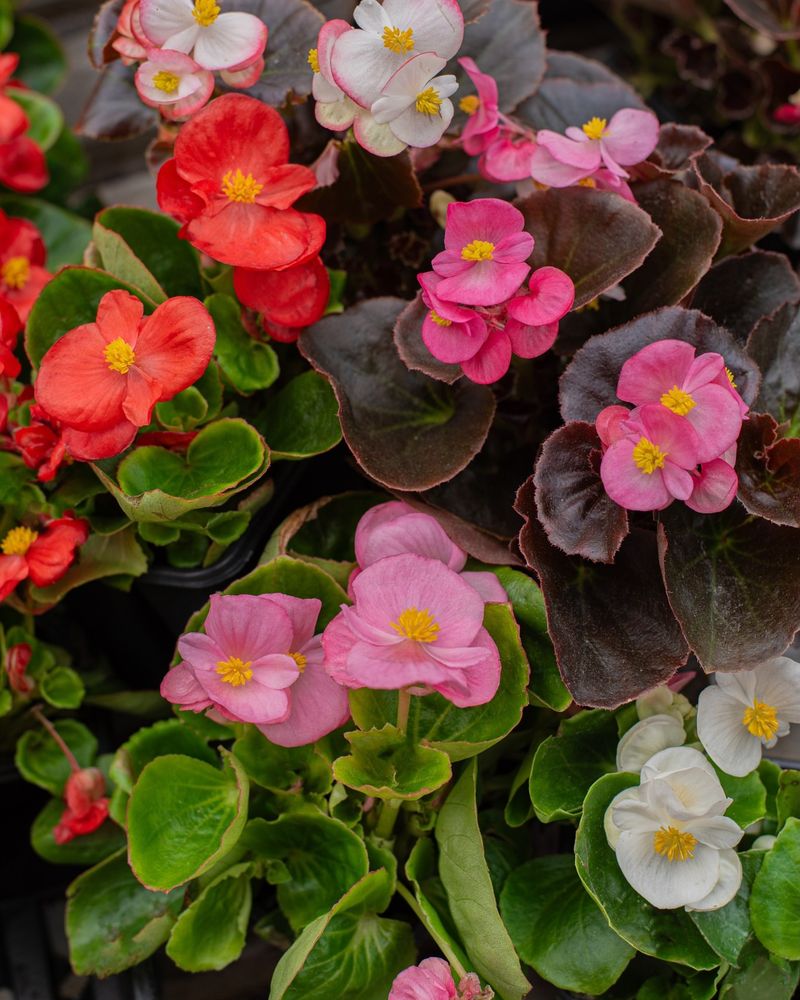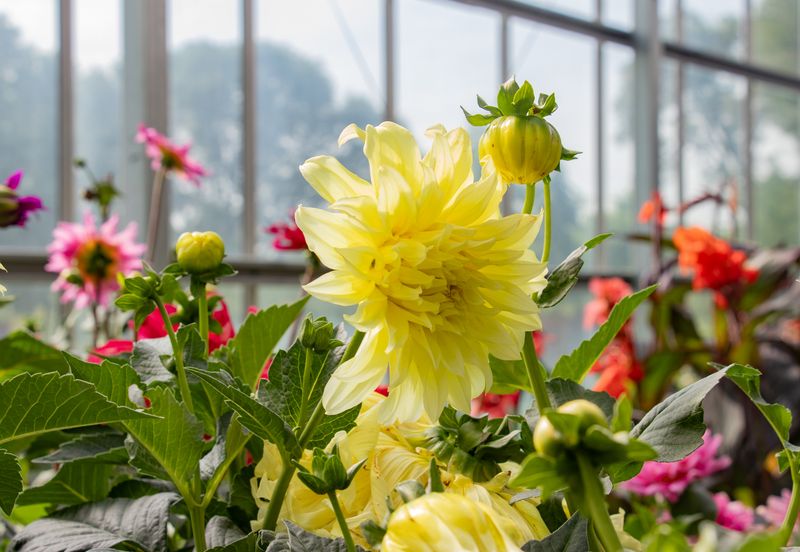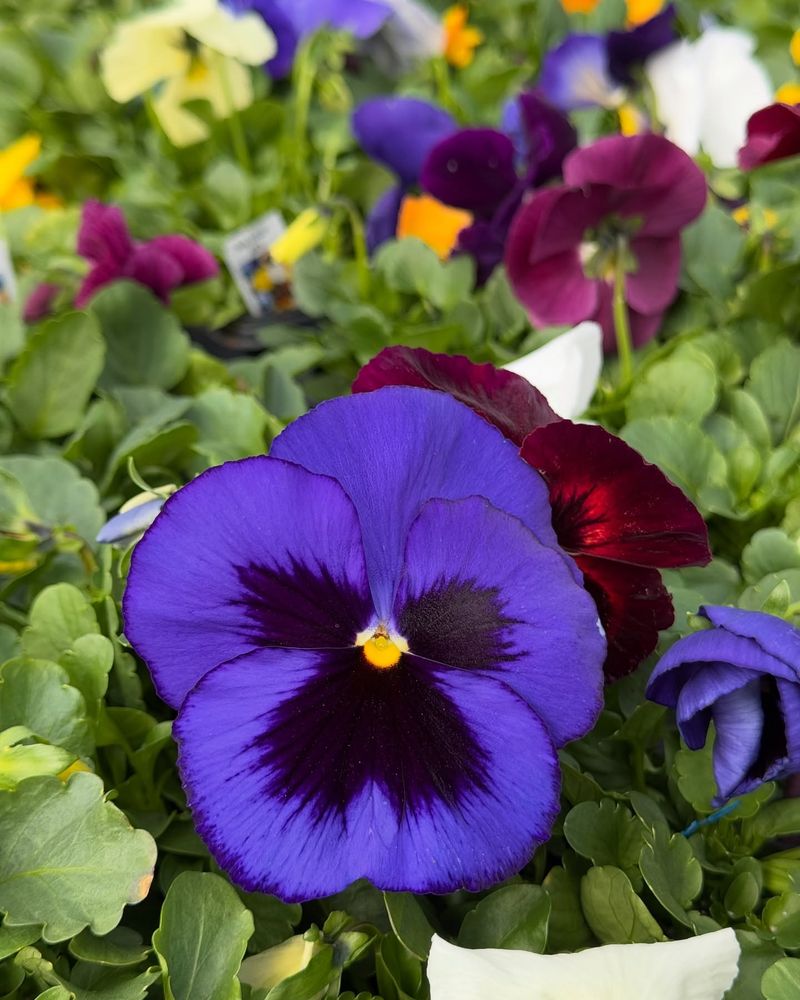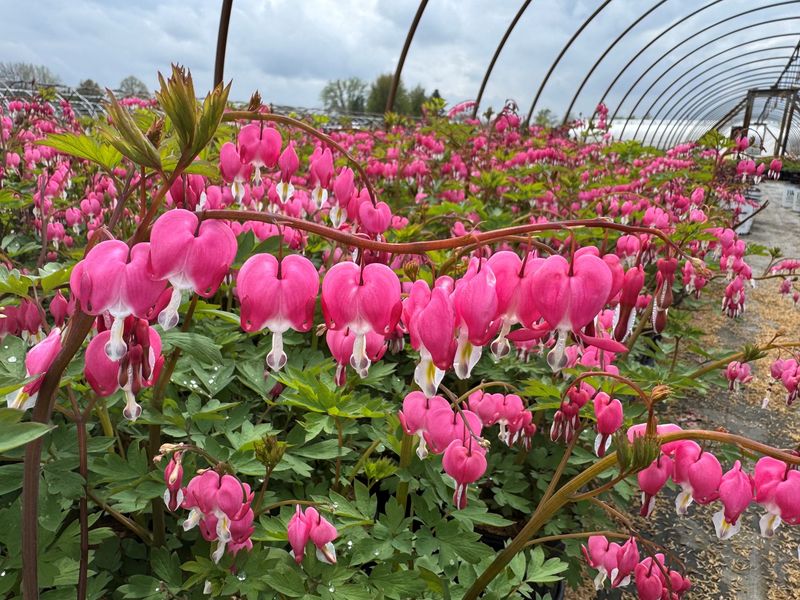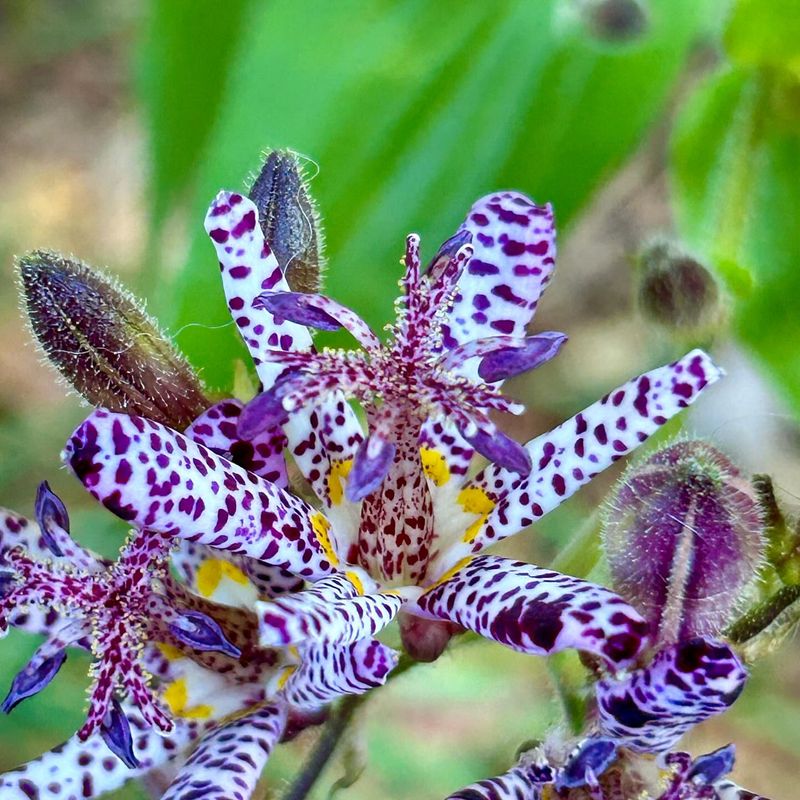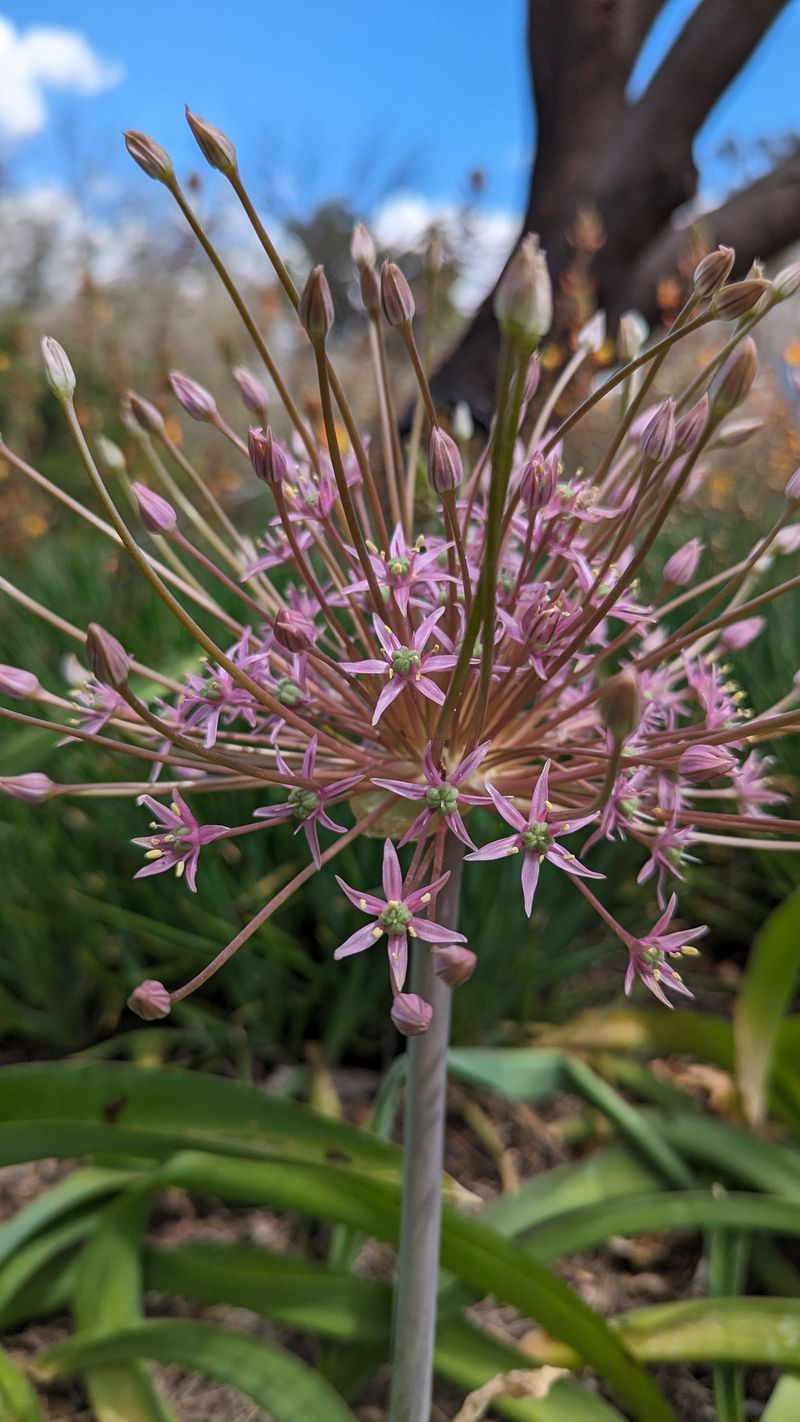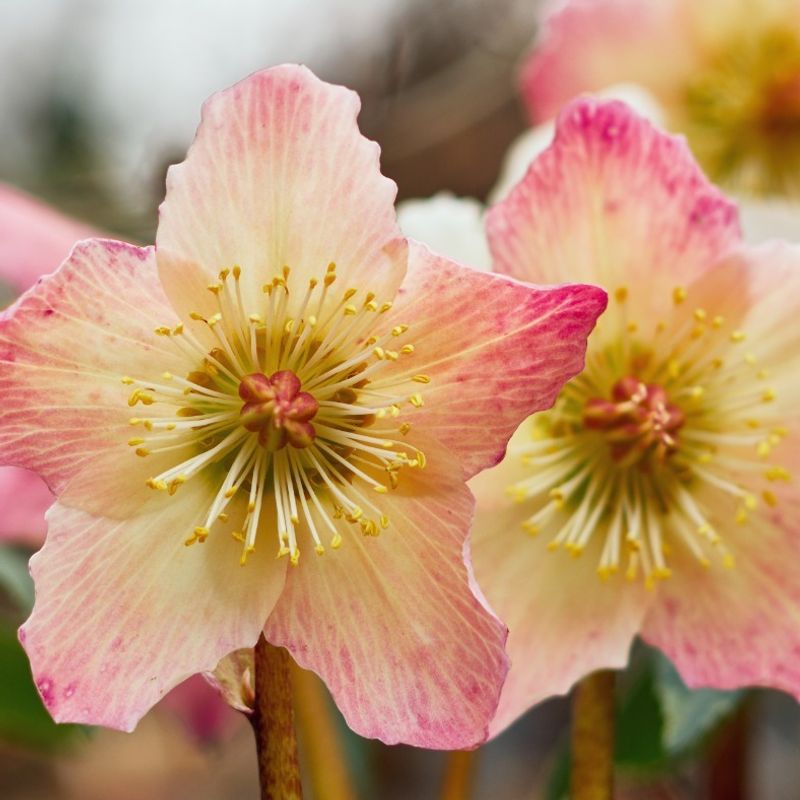You see them at every garden center—petunias, marigolds, impatiens—the usual suspects. And while they’re pretty, they’re not your only option. Some lesser-known blooms offer just as much color, with more charm, uniqueness, and staying power.
These 16 flowers are fan favorites, but the 4 hidden gems at the end? They just might steal the show.
1. Roses: The Timeless Classic
Roses reign supreme in gardens worldwide, symbolizing love and beauty for centuries. Their intoxicating fragrance and elegant blooms come in nearly every color imaginable, from pure white to deep crimson.
Growing roses requires some patience and care – they need at least six hours of sunlight daily and regular pruning to thrive. Despite their reputation for being fussy, many modern varieties are surprisingly resilient against common diseases.
Perfect for special occasions or everyday enjoyment, these versatile flowers work beautifully in borders, containers, or climbing up trellises.
2. Sunflowers: Towering Summer Beacons
Sunflowers stand tall in summer gardens, their golden faces tracking the sun across the sky. Children especially delight in growing these giants, which can reach heights of over 12 feet in a single season.
Beyond their cheerful appearance, sunflowers serve multiple purposes – providing seeds for birds and humans alike, while supporting beneficial insects. The classic yellow varieties remain popular, but breeders have developed stunning burgundy, orange, and multi-colored options.
Sow seeds directly in the garden after the last frost for a spectacular late-summer show that requires minimal care.
3. Lavender: The Fragrant Mediterranean Staple
Lavender transforms gardens with its silvery foliage and purple spikes that sway gently in summer breezes. More than just pretty, this herb fills the air with a calming scent that both humans and pollinators adore.
Growing happily in poor, rocky soil, lavender asks for little except good drainage and plenty of sunshine. English varieties offer the classic fragrance, while French and Spanish types tolerate humidity better in southern gardens.
Harvest the stems just as flowers begin opening to preserve their scent in sachets, or leave them standing to create structure in winter gardens.
4. Hydrangeas: The Color-Changing Wonders
Hydrangeas captivate gardeners with their massive flower heads that change color based on soil chemistry. In acidic soil, they blush blue; in alkaline conditions, they turn pink – like nature’s own pH test.
Modern varieties bloom on both old and new wood, ensuring flowers even after harsh winters or improper pruning. Their large, shade-tolerant nature makes them perfect for brightening darker corners of the garden where few flowering plants thrive.
Cut blooms last remarkably well in vases, and can even be dried for year-round enjoyment – simply hang bunches upside down in a dark, dry spot.
5. Daffodils: Harbingers of Spring
Daffodils push through late winter soil, their sunny yellow trumpets signaling spring’s arrival. These tough bulbs naturalize easily, multiplying year after year with almost no effort from the gardener.
Deer and rodents avoid them thanks to their toxic sap – making daffodils one of the few bulbs that survive in gardens frequented by wildlife. Beyond the classic yellow, you’ll find white, orange, pink, and even varieties with multiple colors in a single bloom.
Plant them in fall, about three times as deep as the bulb’s height, and they’ll return faithfully each spring for decades.
6. Peonies: The Century-Long Bloomers
Peonies create a spectacular but brief show each spring, unfurling massive, fragrant blooms that can stop passersby in their tracks. Once established, these perennials can live for 100 years or more, becoming family heirlooms passed through generations.
Their care requirements couldn’t be simpler – plant them in a sunny spot with good soil, and don’t move them. Patience rewards the gardener, as peonies take 2-3 years to reach their full blooming potential.
The only maintenance they require is a supporting ring to prevent their heavy blooms from flopping over after rain.
7. Marigolds: The Vegetable Garden’s Best Friend
Marigolds brighten gardens with their fiery oranges and yellows from summer until frost. French varieties form neat mounds perfect for borders, while African types grow taller with larger blooms ideal for cutting.
Vegetable gardeners prize them for their ability to repel certain pests – their roots release compounds that deter nematodes in the soil. Their distinct scent may also confuse insects searching for favorite crops to munch on.
Extremely easy to grow from seed, marigolds thrive in almost any sunny spot and continue flowering more abundantly when deadheaded regularly.
8. Chrysanthemums: Fall’s Final Hurrah
Chrysanthemums burst onto the autumn scene when most other flowers have faded. Garden centers overflow with these colorful plants, offering instant fall color for porches and flower beds.
Available in nearly every shade except blue, mums range from tiny button blooms to spider types with twisted petals. For perennial performance, plant them in spring rather than fall to give roots time to establish before winter.
Hardy varieties return year after year in cooler climates, while gardeners in warmer regions often treat them as seasonal displays to be replaced when they finish blooming.
9. Impatiens: Shade Garden Saviors
Impatiens transform shady corners into colorful retreats with their non-stop blooming from spring until frost. Traditional varieties carpet the ground with flowers in white, pink, red, and purple, while New Guinea types offer larger blooms and variegated foliage.
Recent breeding breakthroughs have created disease-resistant options that withstand the downy mildew that devastated these plants a decade ago. Their shallow roots make them perfect for containers and hanging baskets where they spill over edges in cascades of color.
Water them consistently for best performance – their name “impatiens” refers to how quickly they wilt when thirsty.
10. Petunias: Container Garden Favorites
Petunias overflow from hanging baskets and window boxes worldwide, their trumpet-shaped blooms creating cascades of color all summer long. Modern breeding has produced varieties that withstand rain without turning to mush and continue flowering without deadheading.
Wave petunias revolutionized gardens with their spreading habit that can cover three square feet from a single plant. Their cousins, calibrachoas (million bells), offer similar appearance on a smaller scale with tiny blooms that never need deadheading.
For best performance, feed petunias regularly – these heavy bloomers are hungry plants that reward generous fertilizing with non-stop flowers.
11. Geraniums: The Unbeatable Workhorses
Geraniums earn their popularity through sheer reliability – these sturdy plants keep blooming despite heat, drought, and neglect. What most people call geraniums are actually pelargoniums, distinguished by their rounded, sometimes scented leaves and clusters of five-petaled flowers.
Beyond the common red varieties, you’ll find salmon, pink, white, and bicolors, along with types grown specifically for their scented foliage. Many gardeners bring them indoors for winter, where they continue blooming in sunny windows.
Their only real demand is avoiding wet feet – allow soil to dry between waterings to prevent rot.
12. Zinnias: Cut Flower Garden Champions
Zinnias transform from humble seeds to blazing towers of color in just weeks, making them perfect for impatient gardeners. Their stiff stems hold flowers high above clean foliage, creating perfect cutting material that lasts over a week in vases.
Butterflies flock to these blooms, turning zinnia patches into fluttering wildlife gardens throughout summer. Varieties range from thumb-sized button types to dinner-plate blooms nearly 6 inches across, with colors spanning every shade except true blue.
Direct sow seeds after frost danger passes for the easiest flowers you’ll ever grow – they practically leap from the ground in warm soil.
13. Lilies: The Elegant Towers
Lilies command attention in summer gardens with their towering stems and trumpet-shaped blooms that often fill the air with perfume. Asiatic varieties bloom first with upward-facing flowers in clear colors, while Oriental types follow later with massive, fragrant blooms that can measure 10 inches across.
Growing from bulbs that multiply yearly, lilies return reliably in zones 4-9 when planted in well-drained soil. Their vertical growth habit makes them perfect for adding height without taking much ground space in crowded gardens.
Beware that all parts are toxic to cats, though deer typically leave them alone.
14. Begonias: The Shade-Loving Beauties
Begonias offer incredible diversity, from tiny wax types with glossy leaves to massive tuberous varieties with blooms as big as dessert plates. Their ability to flower continuously in shade makes them invaluable in gardens where sun is limited.
Fibrous types make excellent bedding plants, while tuberous begonias create spectacular container displays with their rose-like flowers. Many varieties feature colorful foliage even when not in bloom, adding interest beyond just their flowers.
In frost-free areas, they grow as perennials; elsewhere, tubers can be dug and stored over winter to replant the following year.
15. Dahlias: The Late Summer Showstoppers
Dahlias explode with color just when gardens need rejuvenation in late summer. Growing from tubers planted after frost danger passes, they quickly develop into bushy plants topped with flowers ranging from pompom-sized to dinner-plate dimensions.
Flower forms vary wildly – from cactus types with spiky petals to decorative varieties with perfectly arranged overlapping petals. Serious growers often disbud their plants, removing side buds to channel energy into fewer but larger blooms.
In zones 8-10, tubers can remain in the ground year-round; elsewhere, dig them after frost blackens foliage and store in barely damp medium for winter.
16. Pansies: The Smiling Faces of Spring and Fall
Pansies bring personality to gardens with their distinctive “face” markings that seem to smile up from the soil. Unlike most annuals, these cool-season bloomers thrive in spring and fall, often surviving light frosts that would kill tender summer flowers.
Modern breeding has created varieties that withstand both heat and cold better than their ancestors, extending their season in many regions. Their compact growth makes them perfect for edging beds, filling containers, or creating colorful ground covers in cooler months.
For continuous blooming, remove faded flowers regularly and provide afternoon shade in warmer climates.
17. Bleeding Hearts: The Woodland Wonder
Bleeding hearts emerge in early spring with arching stems lined with perfectly heart-shaped pink blooms. These shade-loving perennials bring romantic charm to woodland gardens before many other plants have awakened from winter dormancy.
The classic pink species goes dormant in summer heat, while newer varieties like ‘Valentine’ offer red hearts and fernlike foliage that persists all season. Plant them where spring bulbs can take over after bleeding hearts retreat, creating successive waves of bloom in the same space.
Once established, these carefree perennials need almost no maintenance beyond occasional division every few years.
18. Toad Lilies: The Exotic Shade Surprises
Toad lilies burst into bloom just when gardens need fresh interest in late summer and fall. Their orchid-like spotted flowers appear along arching stems, creating exotic displays in shady corners where few plants flower so late in the season.
Despite their tropical appearance, these Asian natives prove surprisingly hardy, returning reliably in zones 4-9 without special winter protection. Their spreading habit creates beautiful groundcover beneath trees and shrubs, gradually forming elegant clumps that need dividing only every few years.
Combine them with ferns and hostas for a woodland garden that peaks when summer flowers have faded.
19. Allium Schubertii: The Firework Flower
Allium Schubertii creates living fireworks in the garden with its massive, airy seedheads that can span 12 inches across. Unlike common purple alliums, this showstopper features widely spaced florets on stems of varying lengths, creating a starburst effect that stops visitors in their tracks.
Plant bulbs in fall for early summer blooms that persist as architectural elements even after the purple flowers fade to tan. The dried seedheads make spectacular additions to indoor arrangements, lasting for years when harvested at their peak.
Growing just 18 inches tall, they fit easily into perennial borders or rock gardens in full sun.
20. Hellebores: The Winter Roses
Hellebores bravely open their nodding blooms when snow still covers the ground, earning their nickname “Lenten roses.” These evergreen perennials offer much-needed color from late winter through spring, with flowers in shades of white, pink, purple, and even slate-black.
Modern breeding has created varieties with spotted throats, double petals, and upward-facing blooms that show off better in the garden. Unlike many shade plants that spread aggressively, hellebores form well-behaved clumps that slowly increase in size and bloom abundance each year.
Their leathery leaves resist deer and slugs, making them problem-free in woodland gardens.

